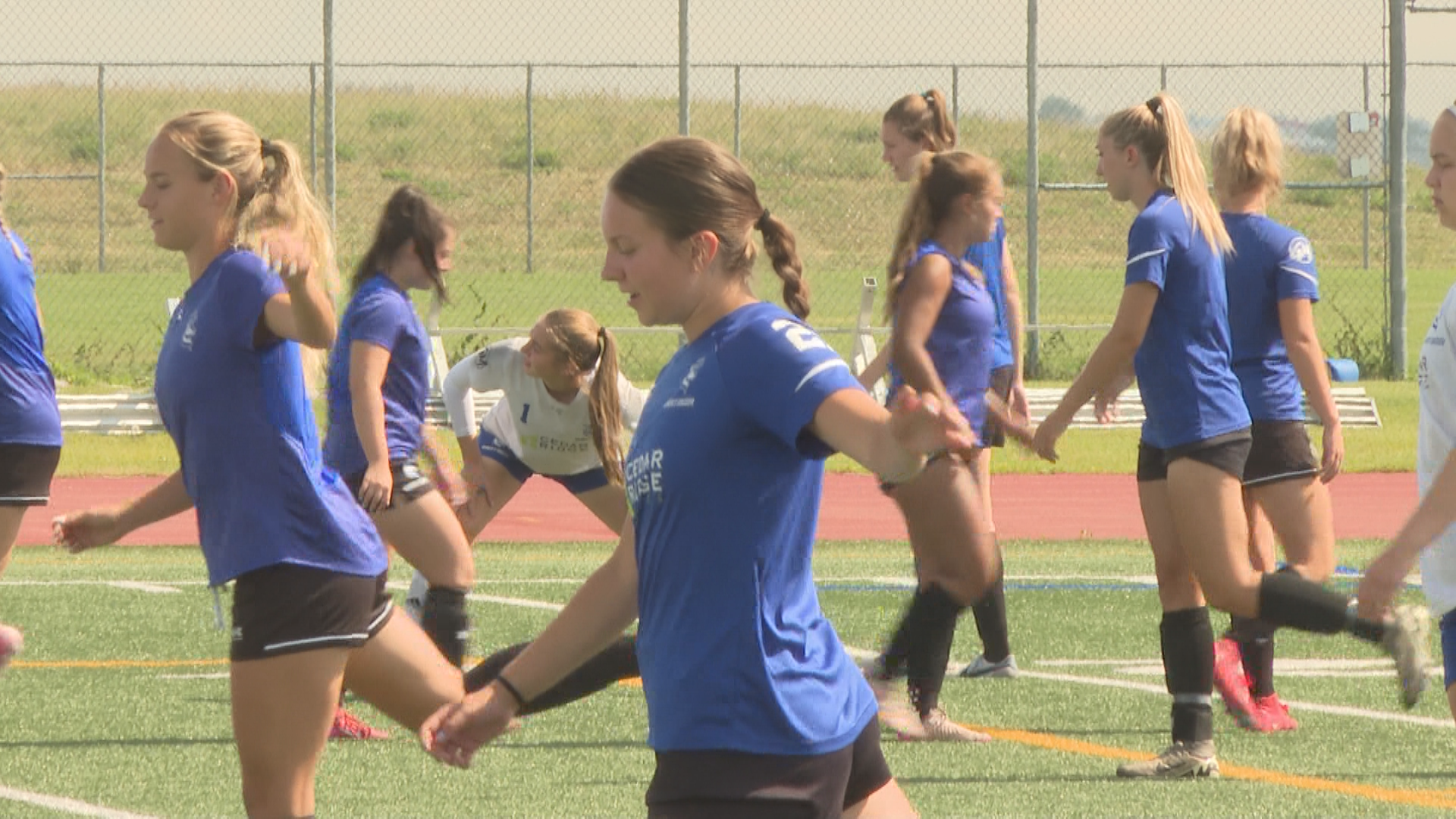In normal conditions, Canadian Air Force helicopter pilot Jonathan Vokey uses the tree line to gauge his altitude. But in the Arctic, where the landing zone is an expanse of white snow, he has to adjust.
“Operating in the cold, it’s hard on the body, but it also can be challenging with the aircraft as well,” Vokey, an Air Force captain, said during an exercise aimed at preparing Canadian troops to operate in the country’s extreme north, a region fast becoming a military priority.
Canada is making a significant push to boost its military strength in the Arctic, which accounts for 40 per cent of its territory.
Arctic ice is melting as a result of climate change, opening up the region and increasing the risk of confrontation with rivals such as Russia over the area’s natural resources, including minerals, oil and gas, as well as fresh water.
“If I was to boil it down: you can access the north now more easily than you have ever been able to. And I would say that that’s going to change even more drastically over the next 10, 20 years,” said Colonel Darren Turner, joint task force commander of Operation Nanook, the annual Arctic training exercise established in 2007.











